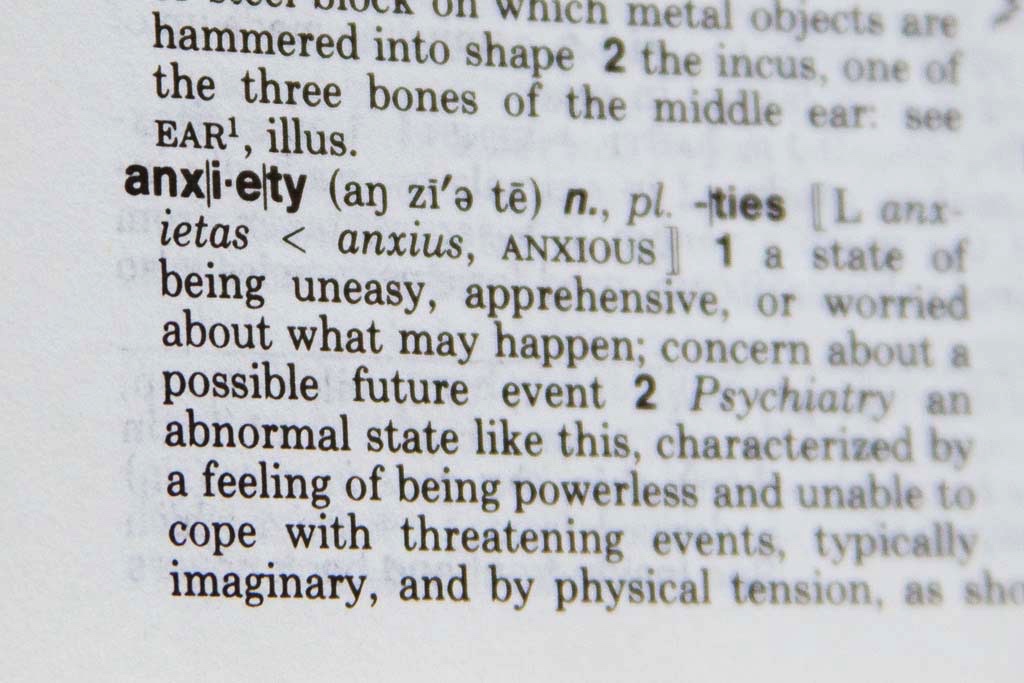Breathe.
March 25, 2019
The walls are caving in and I feel stuck. I can’t get out.
The air has thinned out and it’s hard to breathe.
That’s when I know I’m in the middle of a panic attack.
According to Newport Academy, the earliest signs of anxiety can be recognized at age six but symptoms usually show up around 11 years old. Mayo Clinic explains that anxiety is a mental health disorder characterized by feelings of worry or fear that are strong enough to interfere with one’s daily activities. For me, I experienced my first panic attack in seventh grade at the age of 12. As a young girl, I didn’t know what it was. Nothing like this has ever happened to me before. Having no idea what this was, it frightened me because there was something wrong with me. Yes, it’s normal to feel nervous but this was extreme and I felt like I was suffocating.
I grew up not knowing much about anxiety. It was never discussed in my household along with other mental issues. I didn’t even know what to Google. I wanted to know what was happening to me so badly.
“Most parents do not feel equipped to help their children with issues related to mental health so they do not discuss it. However, the empathy and unconditional positive regard of a parent may be exactly what the child needs. Many parents do not want to expose their familial problems to the public and would rather discuss anything, but their son or daughter’s issues. It’s only when parents find others who are struggling that they may open up in an effort to be supportive and provide a safe space to discuss strategies that work,” says AP Psychology teacher, Mr. Gray.
Unfortunately, this went on for several more years; my anxiety was left untreated. This wall built around me only grew higher and stopped me from doing the things I once loved. Going out with my friends became extremely tiring and I constantly felt on edge and like a burden to those trying to enjoy themselves. All I wanted to do was stay home where I felt in control of things and no one would have to see me in an unstable state.
There was always a stigma surrounding mental health and it wasn’t any different in my household. No one dared to talk about it because if we did, then it means we weren’t healthy and in a Mexican household, good health was such an important thing to maintain.
“As a society, we still do not equate mental health with our physical health. When we are physically sick be we seek treatment without hesitation, but the same is not true for our mental health. Sometimes this can be an artifact of our cultures. If you come from a collectivist culture, the expectation is that your family provides the support necessary so you shouldn’t need to see a healthcare professional. It is important to have dialogue around mental health so that the stigma will change,” continues Mr. Gray.
I finally decided that enough was enough. After a terrible panic attack a few months ago, I knew I couldn’t continue like this anymore. Just recently, I’ve sought out professional help and it’s helping. Slowly, but surely.
“For those seeking therapy, Psychology Today suggests 13 qualities to look for in a therapist. Here are the first three: 1) they need to have excellent interpersonal skills 2) the ability to establish trust with a client and 3) be willing to create a partnership with the client, which is a therapeutic alliance. Therapists to avoid are any who are not active listeners,” states Mr. Gray.
An important thing to remember is that no one is alone through this. In “Teens Are Feeling More Anxious Than Ever,” Laura Nott writes, “Anxiety disorders are the most common of all mental illnesses and affect 25 percent of all teens.” Panic attacks are common with anxiety and are the result of severe stress. Everyone goes through it differently. For me, my breathing is shortened and I feel like I can’t escape the room I’m in. For others, it goes unnoticed. Some techniques to calm yourself down include breathing exercises, such as counting down from ten or focusing on an object. A common technique is to use your five senses: find one thing you can feel, one thing you can taste, one thing you can see, one thing you can hear, and one thing you can smell. It helps gain control of your environment and gain awareness of yourself again.
Treatments include counseling and medication but there are ways to take care of yourself, too. Being active by doing physical exercise or relaxation techniques, such as deep breathing and meditation help you focus on something else and calm yourself down.
It’s an exhausting and scary journey but no one is alone and it’s important to just breathe.
